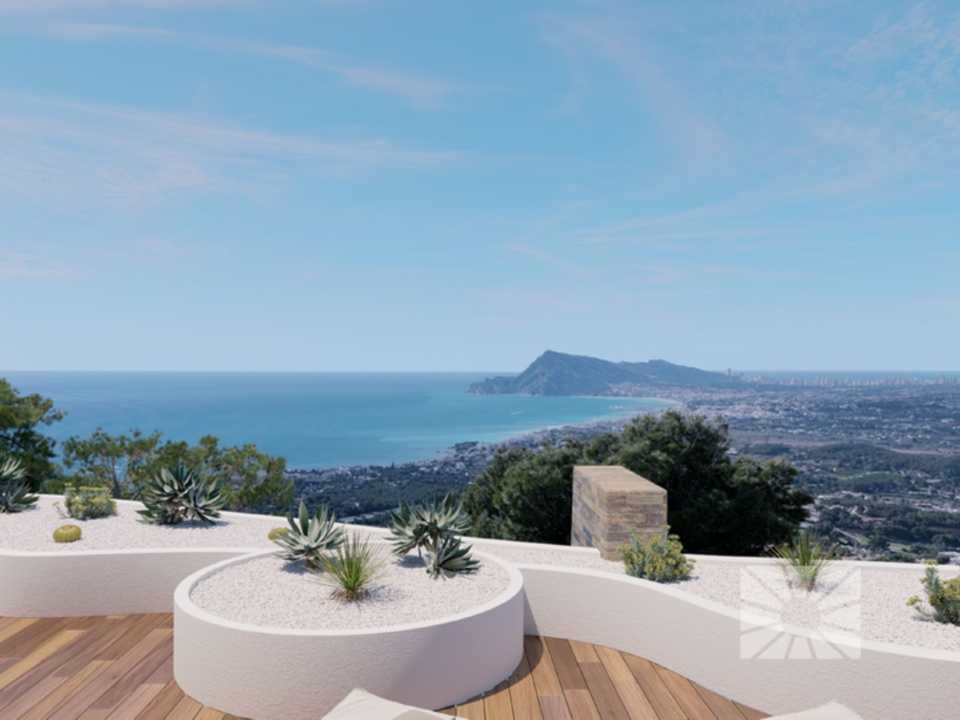2,100,000 €
APART 10, PLANTA 3
Ocean Suites Altea
HA010

- 3
- 3
- 586m2
An ancient Moorish estate whose old quarter of narrow streets and steep hills offer much to delight by the visitor.
It is a coastal municipality with a history of agriculture, fishing and traditional basket weaving using willow, palm and esparto grass. Today, beyond the residential and holiday home developments, the area still has a rich agricultural landscape of terraces, where the main crop cultivated is the Muscatel grape.
It has a rich gastronomy thanks to its variety of rice dishes and fresh fish. Its best known typical dishes are fish risotto, octopus stew, pasties and little cakes made of sweet potato traditionally eaten at Christmas.
Its favoured location offers views from Ibiza to Ifach Rock, the majestic Montgó Massif and Sierra de Bernia.
One of its finest monuments is the Church of St Mary Magdalene with its cupola of blue and white tiles looking out over the town.
The 'riu-rau' type of construction is closely linked to local agricultural activity, used to dry grapes and turn them into raisins. The structure protected the grapes from dampness or rain during the drying process, and is a construction very typical of the farming landscape of the Marina Alta area. There are many constructions in Benitachell which still have their 'riu-raus'.
A visit to Benitachell, its town centre and the surrounding municipal area, without forgetting Puig de la Llorença, the Arcos Underwater Caves, el Moraig cove, Llebeig cove and los Tiestos cove, is to discover the essence of a Mediterranean municipality.